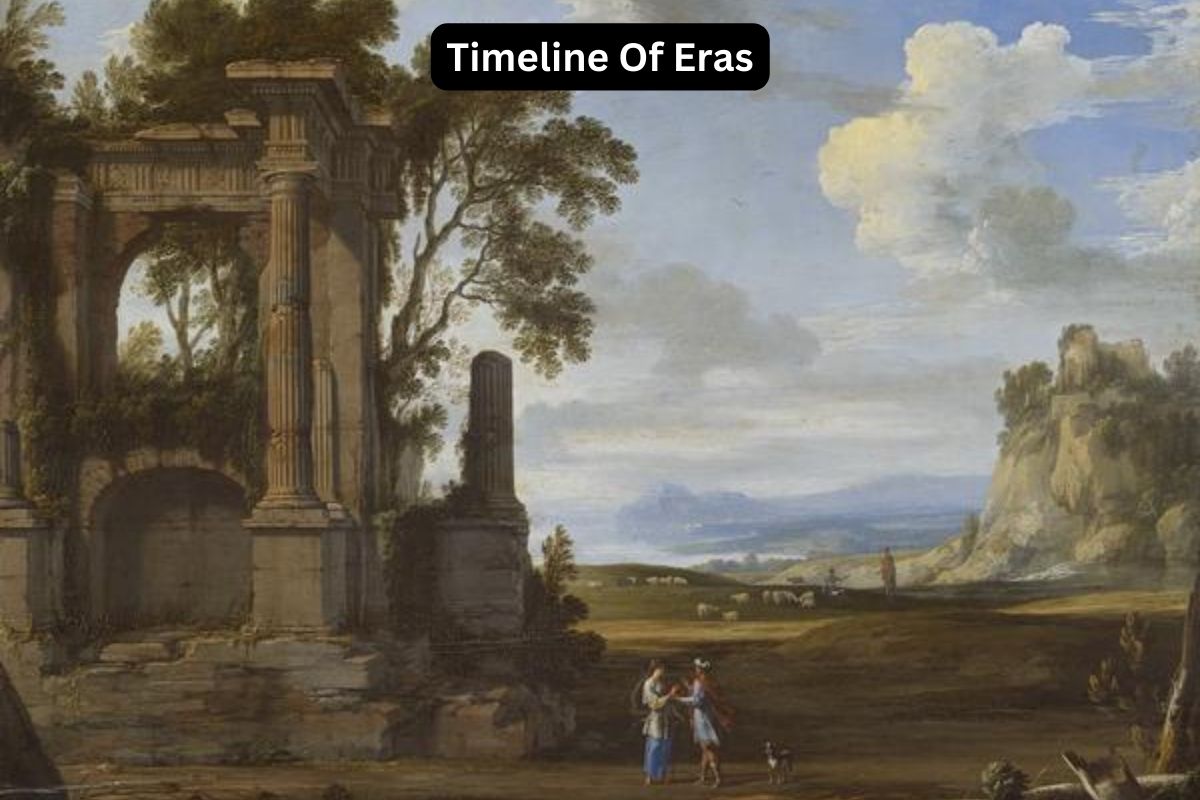Human history is a rich tapestry woven together by countless events, cultures, and epochs. Over millennia, our world has witnessed the rise and fall of civilizations, the emergence of great empires, and the evolution of societies and technologies.
This journey through time is often divided into distinct historical eras, each marked by its unique characteristics and defining moments.
In this exploration, we will embark on a chronological journey through some of the major eras that have shaped our collective human story, from the distant past of prehistoric times to the complexities of the modern and contemporary world.
Join us as we delve into the fascinating chapters of history, uncovering the threads that connect our past to our present and future.
| Era | Time Period |
|---|---|
| Prehistoric Era | Paleolithic Period: 2.6 million years ago to 10,000 BCE Mesolithic Period: 10,000 BCE to 8,000 BCE Neolithic Period: 8,000 BCE to 3,000 BCE |
| Ancient Era | Bronze Age: 3,000 BCE to 1,200 BCE Iron Age: 1,200 BCE to 500 CE |
| Classical Era | Ancient Greece: 8th century BCE to 4th century BCE Ancient Rome: 8th century BCE to 5th century CE Han Dynasty in China: 206 BCE to 220 CE |
| Medieval Era | Early Middle Ages: 5th century CE to 10th century CE High Middle Ages: 11th century CE to 13th century CE Late Middle Ages: 14th century CE to 15th century CE |
| Renaissance and Early Modern Era | Renaissance: 14th century CE to 17th century CE Age of Exploration: 15th century CE to 17th century CE Enlightenment: 17th century CE to 18th century CE |
| Modern Era | Industrial Revolution: Late 18th century CE to 19th century CE World War I: 1914 to 1918 Interwar Period: 1918 to 1939 World War II: 1939 to 1945 Cold War: 1947 to 1991 |
| Contemporary Era | Post-Cold War Era: 1991 to present Information Age: Late 20th century to present 21st Century: 2000s to present |
Historic Eras Timeline
Prehistoric Era
The Prehistoric Era represents a vast stretch of time that predates the development of written records and recorded history. During this era, early humans embarked on a journey of survival and adaptation.
It’s divided into three main periods:
1. Paleolithic Period: The Paleolithic era, also known as the Old Stone Age, spans from approximately 2.6 million years ago to about 10,000 BCE. This era was marked by the use of simple stone tools, nomadic hunter-gatherer lifestyles, and the mastery of fire. Prehistoric humans during this period gradually evolved and developed basic social structures.
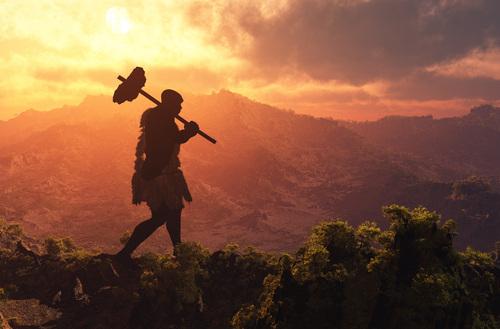
2. Mesolithic Period: Following the Paleolithic, the Mesolithic Era emerged around 10,000 BCE and continued until approximately 8,000 BCE. During this time, humans began to make more sophisticated tools and started experimenting with agriculture and animal domestication. This marked the transition from purely nomadic hunting and gathering to a more settled way of life.
3. Neolithic Period: The Neolithic Era, which spans from around 8,000 BCE to about 3,000 BCE, represents a significant turning point in human history. It’s often called the New Stone Age because of advancements in stone tool technology.
The most significant development of this era was the transition to agriculture and the domestication of plants and animals. This shift from hunting and gathering to farming allowed for the development of permanent settlements, the growth of populations, and the emergence of more complex societies.
Classical Era
The Classical Era is a period characterized by remarkable cultural achievements, influential empires, and the flourishing of great civilizations.
It encompasses several key regions and timeframes:
1. Ancient Greece: Ancient Greece, spanning from the 8th century BCE to the 4th century BCE, is renowned for its contributions to philosophy, democracy, literature, and the arts.
This era witnessed the rise of city-states like Athens and Sparta, as well as the philosophical teachings of figures like Socrates, Plato, and Aristotle.
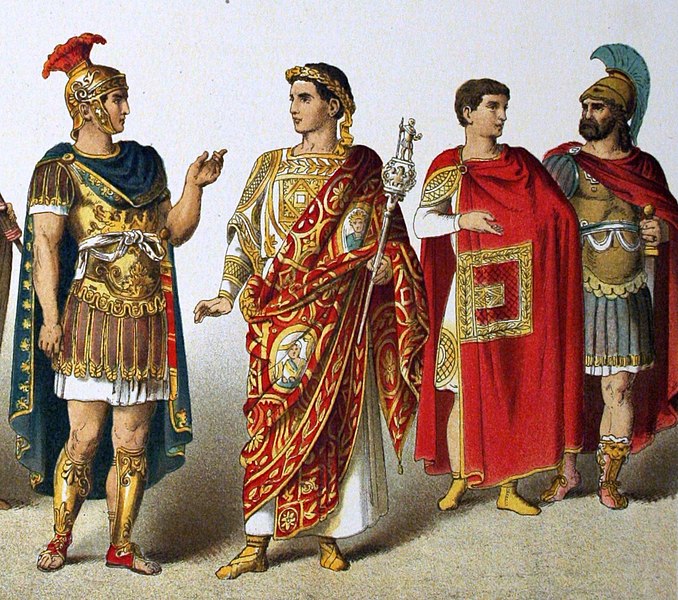
2. Ancient Rome: The Ancient Roman civilization, extending from the 8th century BCE to the 5th century CE, is celebrated for its vast empire, engineering marvels, legal systems, and cultural achievements. The Roman Republic evolved into the Roman Empire, which had a profound influence on Western civilization.
3. Han Dynasty in China: In parallel with the Greco-Roman world, the Han Dynasty in China, which lasted from 206 BCE to 220 CE, marked a golden age in Chinese history.
It saw advancements in technology, governance, and the arts. The Silk Road trade route flourished during this time, facilitating cultural exchange between East and West.
Medieval Era
The Medieval Era, also known as the Middle Ages, is a sprawling period that extends from the 5th century CE to the 15th century CE. It is characterized by a complex interplay of political, religious, and societal changes:
Early Middle Ages: Beginning in the 5th century CE with the decline of the Roman Empire, the Early Middle Ages witnessed the fragmentation of Western Europe into various kingdoms and the spread of Christianity. It was a time of great instability, marked by the invasions of barbarian tribes and the development of feudalism.
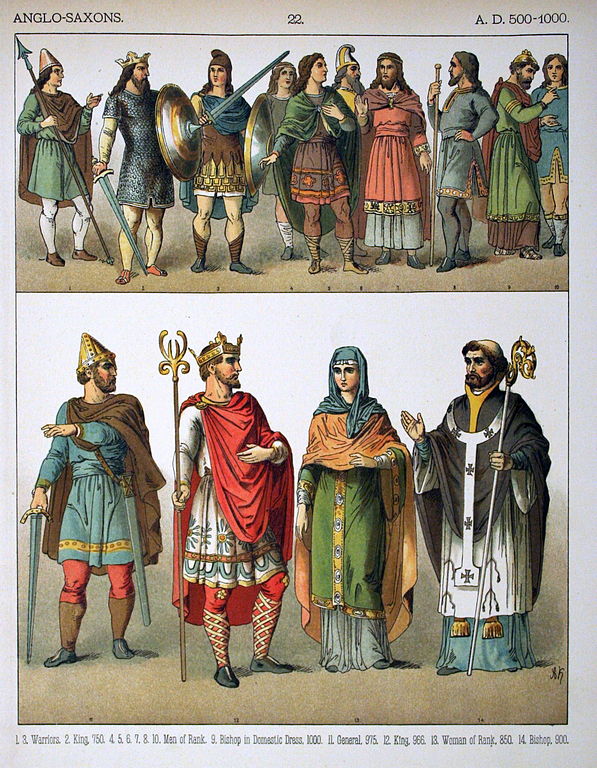
High Middle Ages: The High Middle Ages, spanning from the 11th century CE to the 13th century CE, saw significant cultural and intellectual revival.
This period witnessed the construction of cathedrals, the development of universities, and the emergence of chivalry in feudal society. It was also a time of religious fervor, with the Crusades aimed at recapturing the Holy Land.
Late Middle Ages: The Late Middle Ages, covering the 14th and 15th centuries CE, were marked by both progress and challenges. It saw the Black Death, a devastating pandemic, and the Hundred Years’ War between England and France.
Simultaneously, the Renaissance began in Italy, sparking a cultural rebirth and a renewed interest in art, science, and humanism.
Renaissance and Early Modern Era
The Renaissance and Early Modern Era spanned from the 14th century CE to the 18th century CE, representing a transition from medieval to modern times. It was characterized by a flourishing of intellectual and artistic achievements:
Renaissance: The Renaissance, which began in Italy in the 14th century and spread across Europe, was a cultural and intellectual movement. It celebrated classical knowledge and art, leading to remarkable developments in literature, art, science, and exploration. Figures like Leonardo da Vinci, Michelangelo, and Galileo Galilei made significant contributions.
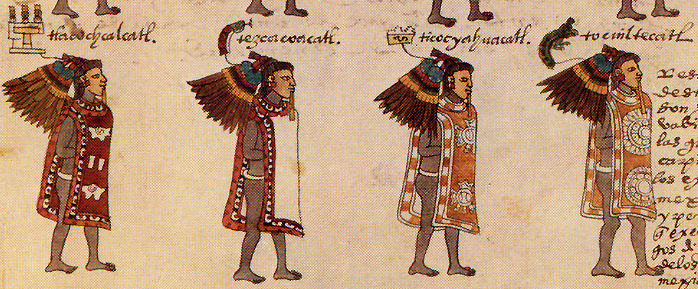
Age of Exploration: Starting in the 15th century, the Age of Exploration saw European powers embarking on voyages of discovery to distant lands. Christopher Columbus, Ferdinand Magellan, and Vasco da Gama were among the explorers who expanded knowledge of the world and established global trade routes.
Enlightenment: The Enlightenment, which emerged in the late 17th century and continued into the 18th century, was characterized by a focus on reason, individual rights, and the pursuit of knowledge.
Thinkers like John Locke, Voltaire, and Jean-Jacques Rousseau promoted ideals of liberty, equality, and the separation of church and state.
Modern Era
The Modern Era, spanning from the late 18th century CE to the mid-20th century CE, witnessed profound transformations in industry, politics, and society:
Industrial Revolution: The late 18th and 19th centuries saw the Industrial Revolution, a period of rapid industrialization and technological advancement. It led to significant changes in manufacturing, transportation, and urbanization, shifting economies from agrarian to industrial.
World War I: World War I, occurring from 1914 to 1918, was a global conflict that had a profound impact on geopolitics and society. It marked the end of empires, including the Austro-Hungarian and Ottoman Empires, and set the stage for the turbulent 20th century.
Interwar Period: The period between World War I and World War II (1918 to 1939) was marked by economic challenges, political instability, and the rise of authoritarian regimes in various parts of the world. The Treaty of Versailles and the Great Depression were significant events.
World War II: World War II, lasting from 1939 to 1945, was a catastrophic global conflict that resulted in the devastation of Europe and the Pacific. It led to the emergence of the United States and the Soviet Union as superpowers.
Cold War: The Cold War, spanning from 1947 to 1991, was a geopolitical standoff between the United States and the Soviet Union and their respective allies. It was characterized by ideological competition, nuclear arms race, and proxy conflicts, shaping global politics for decades.
Contemporary Era
The Contemporary Era, often referred to as the modern age, spans from the end of the Cold War in 1991 to the present day.
This period is marked by profound changes in global politics, technology, society, and culture, making it one of the most dynamic and transformative periods in human history.
- Post-Cold War Era (1991 to the early 2000s): With the dissolution of the Soviet Union in 1991, the world entered a new phase. The Cold War rivalry between the United States and the Soviet Union came to an end, and many Eastern European countries transitioned to democracy. This era witnessed significant events such as the reunification of Germany and the expansion of the European Union. Additionally, the 1990s saw the spread of globalization, with increased international trade and the emergence of the World Wide Web.
- Information Age (Late 20th century to the present): The late 20th century saw the rapid development of information and communication technologies. The internet, which began as a military and academic project, became a global phenomenon, revolutionizing the way people communicate, access information, and conduct business. The rise of social media platforms, smartphones, and digital connectivity transformed the way societies function, fostering global interconnectedness and shaping modern communication, commerce, and entertainment.
- 21st Century (2000s to the present): The 21st century has been marked by a series of significant events and challenges. The terrorist attacks of September 11, 2001, led to the global War on Terror, with far-reaching consequences in terms of security and foreign policy. The global financial crisis of 2008 exposed vulnerabilities in the world’s economic systems and led to a period of economic uncertainty. Additionally, the 21st century has seen debates and action on pressing issues such as climate change, cybersecurity, and the pursuit of sustainable development.
- Geopolitical Shifts: The post-Cold War era has witnessed shifts in geopolitical power. While the United States remains a superpower, the rise of China as an economic and political force has reshaped the global balance of power. Other emerging powers like India, Brazil, and Russia have also asserted themselves on the world stage, leading to a more multipolar world order.
- Global Challenges: The Contemporary Era has brought to the forefront a range of global challenges, including climate change, environmental degradation, the refugee crisis, and the spread of infectious diseases. Climate change, in particular, has become a critical issue, with international efforts to mitigate its effects and transition to a more sustainable future.
- Cultural and Social Transformation: Cultural and social norms have evolved significantly during this era. The push for gender equality, LGBTQ+ rights, and racial justice movements has gained momentum in many parts of the world. Pop culture, too, has played a central role in shaping attitudes and trends, with the influence of entertainment, social media, and digital platforms reaching unprecedented heights.
- Technological Advancements: Technological innovation has accelerated at an unprecedented pace. Artificial intelligence (AI), robotics, biotechnology, and space exploration have opened up new frontiers of human achievement and potential. These advancements have the potential to reshape industries, economies, and even the nature of work itself.
The Contemporary Era is marked by both promise and complexity. As the world becomes more interconnected and interdependent, it faces pressing challenges that require global cooperation and innovative solutions. Understanding this era is crucial for grasping the evolving dynamics of our rapidly changing world.
